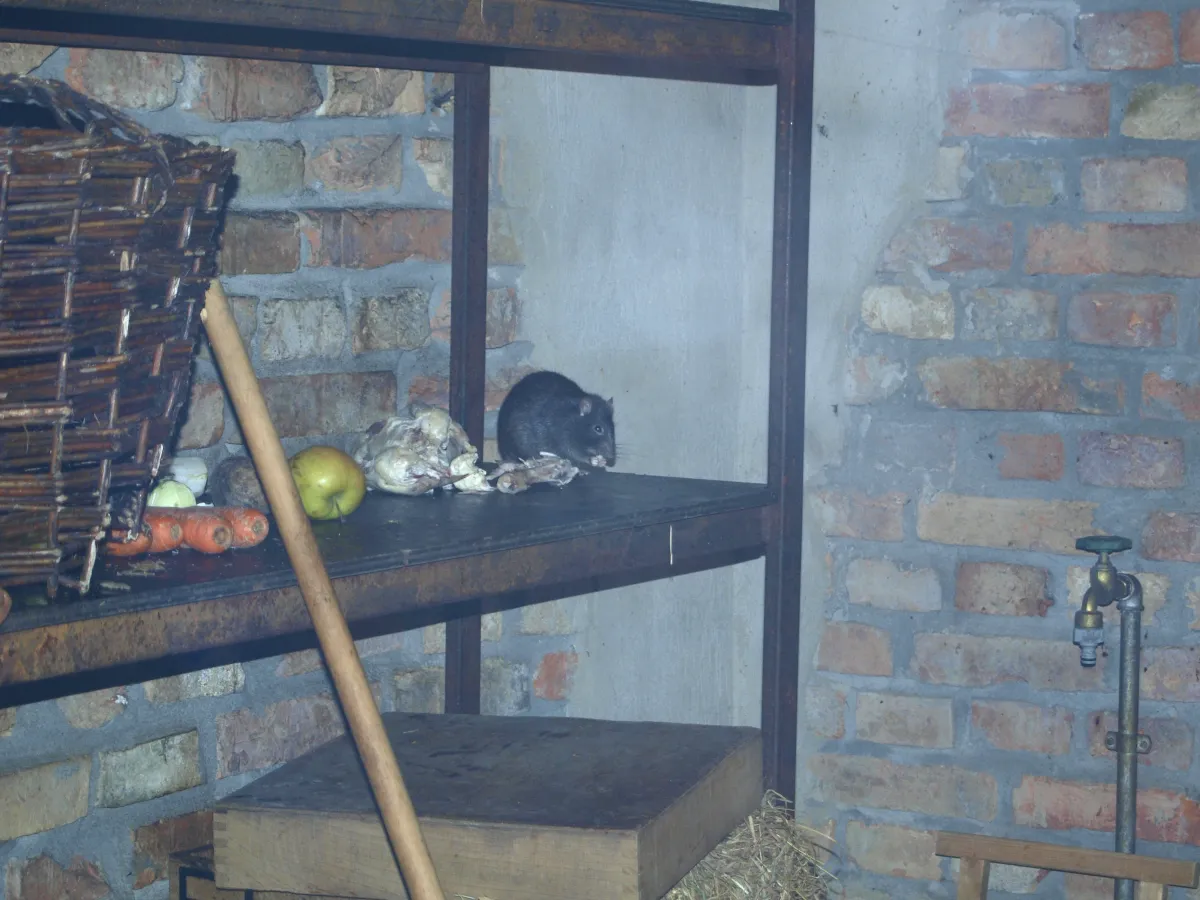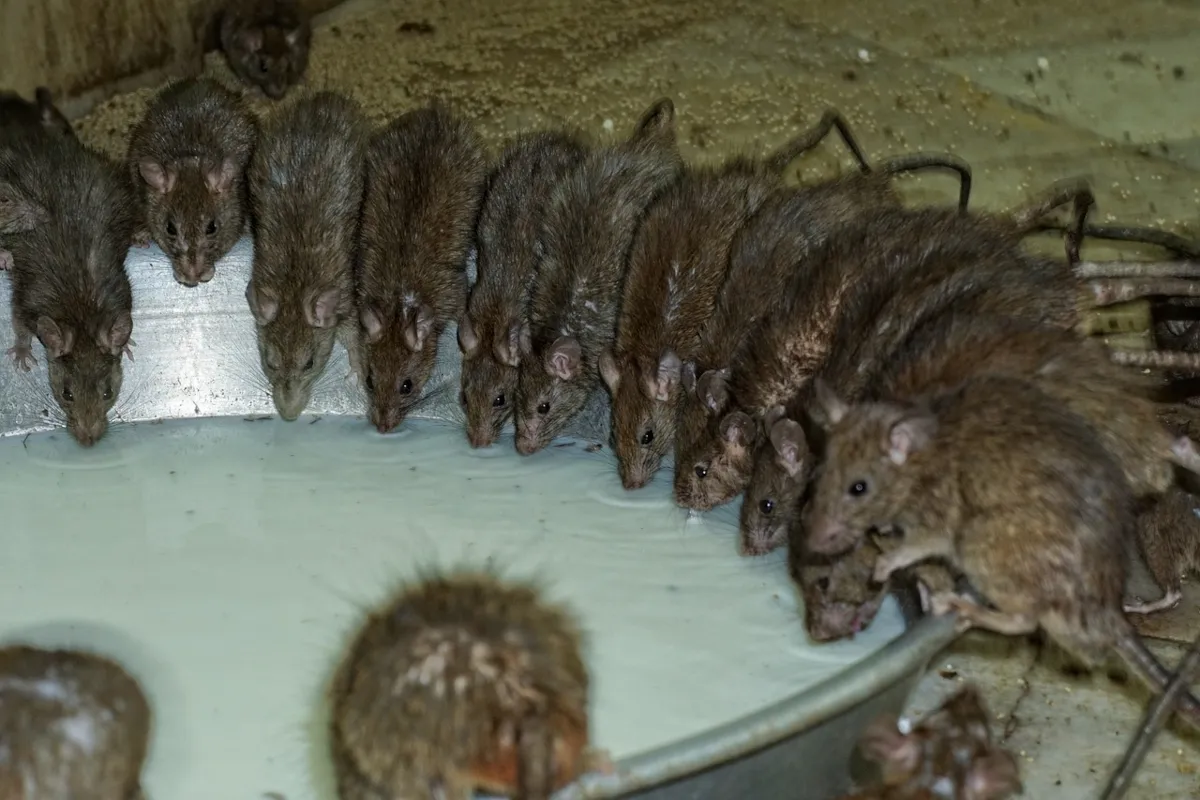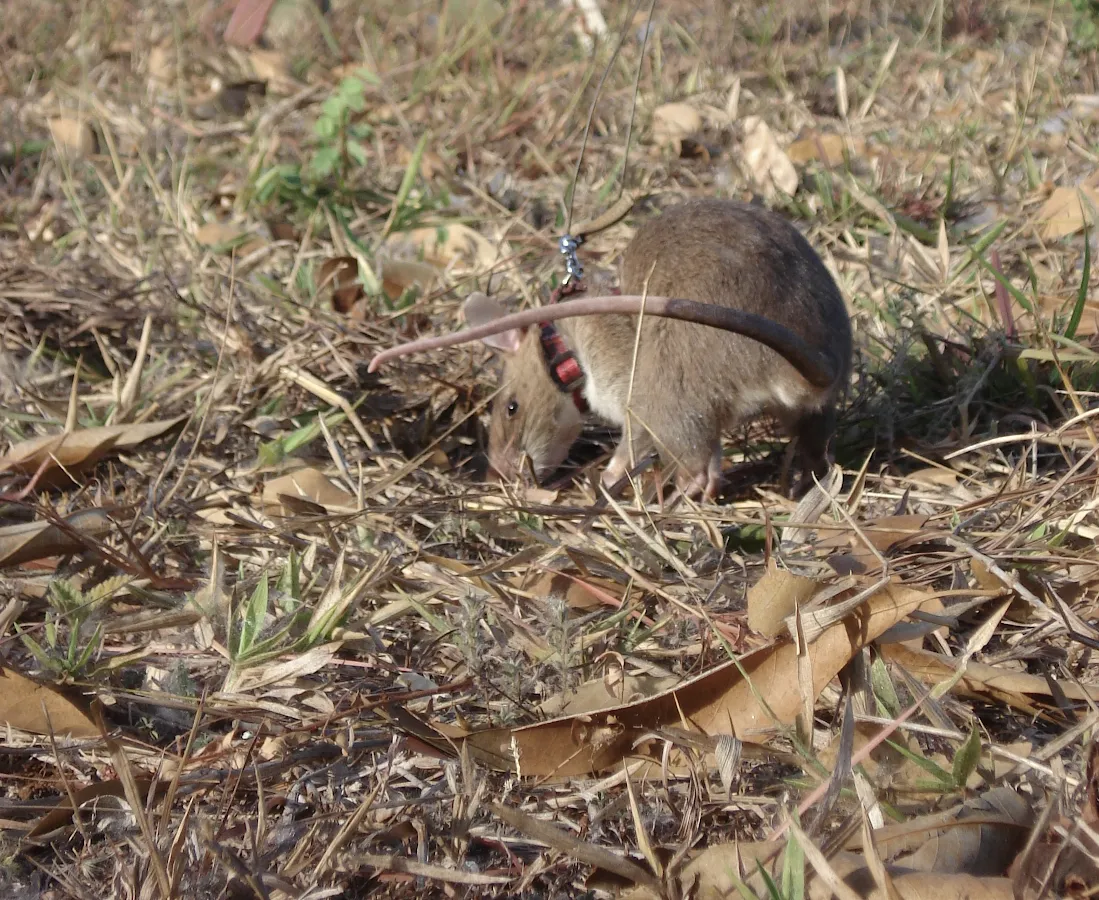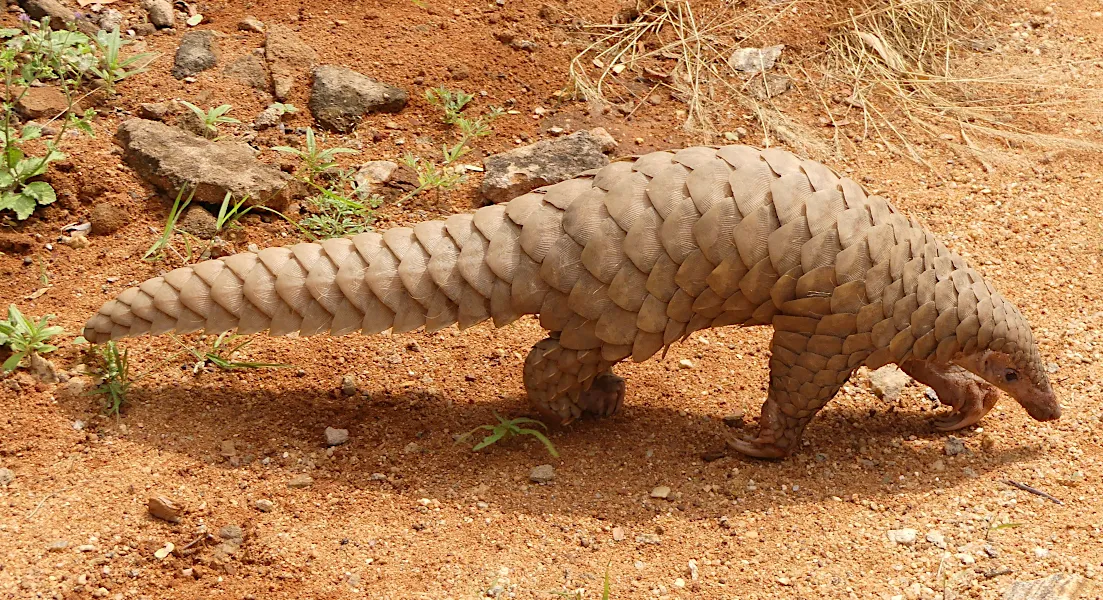Nobody likes rats, right? I think I was in middle school when I first read about rats being vectors of bubonic plague, a scourge that wiped out large swaths of the world's population. Ever since reading about plague epidemics, the idea of rats and disease has been inextricably linked in my mind.
Black Rat, Rattus Rattus Today, rats are considered to be vermin in many parts of the world. In New York City, for example, there are an estimated three million of these rodents. The city's transit department has even issued a rat map, which shows commuters the 'rattiest' train stations, so people who are 'rat phobic' might avoid sighting the animal. However there may be more to the rat than meets the eye. Does Rattus rattus have redeeming qualities? As a fan of good literature, I know that few credible characters are all good, or all bad. Characters are complex. And so it is with the rat. Rats Drinking at Karni Mata Temple, Rajasthan, India Not only is the rat considered sacred by devotees of the goddess Karni Mata, but in some parts of the world rats are food. According to a 2016 article published in the science journal Embo Reports, rats are actually considered a delicacy in some cultures. For example, rats are a "staple in Cambodia, Laos, Myanmar, parts of the Philippines and Indonesia, Thailand, Ghana, China and Vietnam". The article goes further and describes the desirability of rat meat: "Rats are tinned in the Philippines, sold as STAR meat (rats spelled backwards) in supermarkets, often eaten at weddings in Vietnam, and usually considered a delicacy by most South East Asians”. Rat Meat on Sale in Thailand The authors of the Embo piece suggest that rats might be one solution to world hunger. They go on to explain that anticipated global population growth by 2050 is 9 billion, which would require a 50% increase in food production. Why not exploit rats, these authors ask. Rats would be an accessible, inexpensive source of protein. Instead of exterminating rats as pests, maybe we can harvest them as game. Not only might rats be used for nutrition, but exploiting them in this way would also have an economic benefit. According to one Canadian government agency, "Rats are the most destructive vertebrate in the world". They destroy food supplies, cause damage to structures, and spread disease. Admittedly, it might take a cultural shift for many people to regard a rat as a desirable addition to the diet. However, people have been conditioned to eat frog legs, insects and assorted live species, including: octopus (still squirming), frogs (with a beating heart), shrimp (still moving), ants, larvae, and oyster. Apparently, for many humans, if we can swallow it, we will eat it. Here is a Youtube video showing people swallowing live octopus. In some cases, the octopus gets its revenge as the eater chokes to death. (Watching this video will not be a pleasant experience for many of my readers. It wasn't for me, but in the spirit of research, I pressed on): Moving on to what I consider a more pleasant area of rat exploitation:

Credit: Dellex. Used under CC Attribution-Share Alike 3.0 Unported, 2.5 Generic, 2.0 Generic and 1.0 Generic license. The black rat, also often called the Norwegian rat, has been traditionally implicated in the spread of plague during devastating epidemics. However, recent research suggests there may be other vectors that harbored and spread the bacterium (Yersinia pestis) in later epidemics.

Credit: Volker Glätsch on Pixabay.. This temple is known as the 'Temple of Rats'. It is home for thousands of rats that roam freely. It is believed by many who support the temple that the rats are sacred. They are believed to be reincarnated members of the goddess Karni Mata's family.

Credit: Nicolai Bangsgaard. Used under CC attribution 2.0 generic license.

A Belgian NGO named APOPO (Anti-Personnel Landmines Detection Product Development) trains rats to sniff out landmines. The rats are so light that when they cross a mine field, their weight does not trigger a detonation. And yet their sense of smell is so acute that they can detect TNT buried underground.
HeroRat Sniffing Out Landmines

Credit: Gooutside. Public domain
The rat trained to do this highly specialized work is the giant African pouched rat. This rat has a long life span, as much as eleven years in some cases. It is also very intelligent. As a matter of fact, in one skills test (distinguishing patterns in two dimensions), rats actually performed better than humans.
The intelligence of the rat is obviously important, as is its relatively long life span. It takes about a year to train one of these pouched rats to do its job. Black rats in captivity can live up to four years. Brown rats can live between 4-6 years in captivity. It is considered a better investment to train the longer-lived pouched rat than the brown or black rats.
Here is a Youtube video that highlights the accomplishments of Magawa, a landmine-detecting pouched rat in Cambodia.

It was estimated that, in 2022, 1.3 million people died from tuberculosis. A larger number experienced long-term consequences after being cured of the disease. Diagnosing TB can be a difficult and costly process. The difficulty is compounded in so-called developing countries. Add infection with HIV to the mix and the bacterium (Mycobacterium tuberculosis) that causes TB becomes extremely elusive.
Rats, however, have proven to be an inexpensive, efficient tool for diagnosing the disease. This is especially true in cases where the patient has HIV. Some studies have shown the rats detect more cases of TB than do traditional laboratory analyses.
Here is a YouTube video explaining how rats are trained to detect tuberculosis:


So far, we discussed rats as being a potential food source, mine-sniffing experts and TB detectives. This complex animal has even more potential utility. They have been trained to detect cadavers after a disaster.
It is not anticipated that the rats used in this capacity will replace dogs. They will be sent into a disaster site after dogs and humans have completed their work. The rat has two advantages: it is not connected to one handler, as a dog would be, and it can fit into small places a dog could not reach.

Rats are trained not only to detect decomposing bodies. Live bodies may also be on their radar. They have been used to find shipments of animals that are being smuggled. One animal the rats are trained to find is the endangered pangolin.

A.J.T. Johnsingh, WWF-India. Used under CC Attribution-Share Alike 4.0 International license.
The site News Africa explains, the rats are "able to sniff out pangolin scales, which smugglers often hide beneath other strong-smelling products, such as coffee or spices, to throw customs officers off the scent." The site further explains that rats are less expensive than dogs to transport and more resistant to tropical diseases.

Conclusion
I'm not sure how many rats I've seen in my lifetime. Not a lot. However, I do admit a fondness for mice (see an earlier blog I wrote about caring for 23 pet mice). I recognize that rats compete with humans for living space and resources. They are an environmental, economic and health challenge. But as with almost every creature on earth (even mosquitoes!) they have their uses.
Thank you for reading my blog. Health and peace to everyone.

Selected Sources Used in Writing This Blog
https://pubmed.ncbi.nlm.nih.gov/11000955/
https://www.cdc.gov/plague/index.html
https://www.gavi.org/vaccineswork/black-death-may-not-have-been-spread-rats-after-all
https://www.newsweek.com/how-find-out-how-many-rats-each-new-york-station-1836029
https://www.dabblewriter.com/articles/complex-characters
https://www.ncbi.nlm.nih.gov/pmc/articles/PMC5341521/
https://www.embopress.org/doi/full/10.15252/embr.201642306
https://www.alberta.ca/rat-control-methods
https://www.treehugger.com/animals-that-are-eaten-alive-by-humans-4869257
https://news.cornell.edu/stories/2023/03/bomb-sniffing-rodents-undergo-weird-vaginal-transformations
https://www.science.org/content/article/forget-dogs-these-rats-could-be-future-search-and-rescue
https://hbr.org/2015/01/rats-can-be-smarter-than-people
https://animaldiversity.org/accounts/Rattus_rattus/
https://www.mammal.org.uk/species-hub/full-species-hub/discover-mammals/species-brown-rat/
https://www.who.int/news-room/fact-sheets/detail/tuberculosis
https://www.thelancet.com/journals/langlo/article/PIIS2214-109X(21)00367-3/fulltext
https://www.tbonline.info/posts/2016/3/31/path-diagnosing-tb-1/
https://asm.org/videos/diagnosing-tuberculosis-in-developing-countries
https://www.tbalert.org/about-tb/global-tb-challenges/tb-hiv/
https://apopo.org/what-we-do/detecting-tuberculosis/faqs/
https://www.medicalnewstoday.com/articles/321458
https://www.science.org/content/article/forget-dogs-these-rats-could-be-future-search-and-rescue
https://www.ifaw.org/animals/pangolins
https://www.newsafrica.net/article/sniffer-rats-to-the-rescue
https://blog.nwf.org/2020/09/what-purpose-do-mosquitoes-serve/

